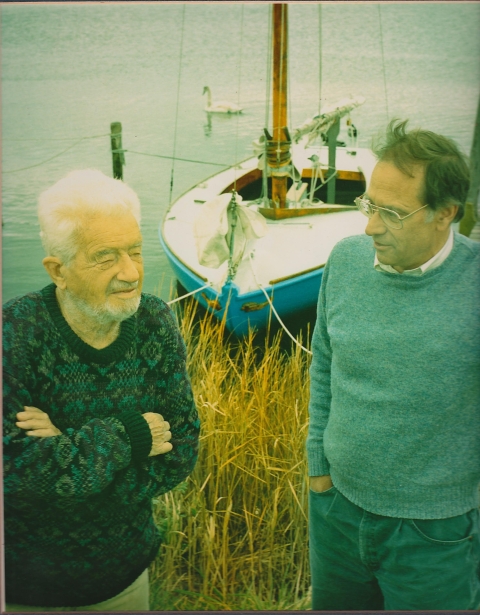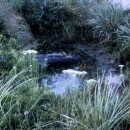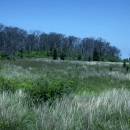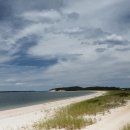About Us
Established in 1947, Wertheim National Wildlife Refuge protects 2,550 acres on the south shore of Long Island. The refuge is bisected by the Carmans River, a New York state designated scenic river and one of the largest rivers on the island. Wertheim hosts a variety of habitats including oak-pine woodlands, grasslands and fresh, brackish and salt water wetlands. These habitats attract and support many types of wildlife including white-tailed deer, osprey, muskrat, fox, turtles, frogs and fish. The refuge also serves as a haven for waterfowl, shorebirds, raptors and songbirds. Wertheim is also home to the refuge complex headquarters and visitor center.
Our Mission
Vision
Long Island National Wildlife Refuge Complex will preserve, manage, and restore some of the last significant natural areas for wildlife habitat, ranging from coastal systems, to native grasslands to mature forests. These habitats, present in nine distinct units, will support threatened and endangered species in addition to hundreds of species of migratory birds and other wildlife within the Atlantic Flyway.
Located adjacent to the nation’s major media center, the Complex is an ideal setting to increase public awareness, understanding and support of the National Wildlife Refuge System. We recognize that success is dependent on the Complex becoming an integral part of the community. We will work together with partners and local communities to protect priority wildlife-dependent recreational and educational opportunities. Through the use of the best scientific information and active habitat management, we will contribute to the fulfilling of the mission of the National Wildlife Refuge System for future generations.
Refuge Purpose
Each unit of the National Wildlife Refuge System is established to serve a statutory purpose that targets the conservation of native species dependent on its lands and waters. All activities on those acres are reviewed for compatibility with this statutory purpose.
The purposes of Wertheim are as follows:
- “…for use as an inviolate sanctuary, or for any other management purpose, for migratory birds” (16 U.S.C. §715d).
- “…incidental fish and wildlife-oriented recreational development” (16 U.S.C. §460k-1).
- “the protection of natural resources” (16 U.S.C. §460k-1).
- “the conservation of endangered species or threatened species…” (16 U.S.C. §460k-1).
Our History
Honor the Past
Maurice Wertheim (1886-1950) was a New York investment banker, philanthropist and environmentalist who owned 1800 acres of land along the Carmans River, which he used for conserving wildfowl and hunting. In 1947, he and his wife Cecile donated all of this property to the U.S. government as a gift for the American people.
Keeping the Promise
Dennis Puleston (1905-2001) was a British-born American environmentalist, adventurer and wildlife artist. His life-long interest in birds led him to work to prevent the continued use of DDT, which had caused Long Island’s osprey population to decline. After securing a ban, Puleston and his colleagues founded the Environmental Defense Fund. A senior naturalist, he also painted and wrote extensively about Long Island wildlife.
Other Facilities in this Complex
The Long Island National Wildlife Refuge Complex consists of seven national wildlife refuges, two refuge sub-units and one wildlife management area wildlife management area
For practical purposes, a wildlife management area is synonymous with a national wildlife refuge or a game preserve. There are nine wildlife management areas and one game preserve in the National Wildlife Refuge System.
Learn more about wildlife management area . Collectively, the ten units are approximately 6,500 acres in size. Each unit is unique and provides a wildlife oasis amongst Long Island’s urban settings essential for the livelihood of migratory birds, threatened and endangered species, fish and other wildlife. The strategic location of Long Island in the Long Island Pine Barrens & along the Atlantic Flyway make it an important nesting, wintering and migratory stop over area for hundreds of species of birds.










